Chernobyl – an unlikely wildlife hotspot
When you think of havens for nature, Chernobyl might not be the first place that comes to mind. However, the areas surrounding the former nuclear power plant support a surprising amount of biodiversity, including rare species of raptor. Chernobyl has become an unlikely example for the benefits of rewilding.
Radiation and rewilding?
Before 1986, the area surrounding Chernobyl was mostly composed of intensively managed agricultural land and human settlements. Widespread deforestation and floodplain drainage meant it was a far cry from Wilderness. After the infamous reactor meltdown, the Chernobyl Exclusion Zone (CEZ) was formed as people abandoned large swathes of land in Belarus and Ukraine. This unintentionally led to a huge rewilding development. Large mammals such as wolves, elk and bison returned and thrived without human disturbance.
Much of the work on wildlife in Chernobyl has focused on its increased exposure to radiation instead of the positive effects of rewilding. Although radiation can negatively affect biodiversity, findings are inconclusive and human presence may be more harmful. Previous fears of disastrous mutations in animals such as wolves have not come to pass. So far, Chernobyl wildlife seems to be doing well – exceptionally even, compared to other areas of Europe.
The eagle has landed
A recent Restoration Ecology paper reported an increase in breeding pairs of rare raptors in the Belarusian area of the CEZ. This includes the Greater Spotted Eagle (Clanga clanga), which is rare and declining in all other areas. Their return coincides with a 680% increase in wetland area as former farmland has flooded. This provides ideal habitat for the eagle, which is an indicator of wetland quality, as well as many species of wader and waterfowl. The influx of apex predators such as wolves also provides ample carrion for raptors.
This study is one of the few to explore the long-term impact of rewilding on animal communities. It shows that abandoned and rewilded lands can provide a sanctuary for endangered species which suffer from anthropogenic disturbance elsewhere. This is especially true for raptors, whose main threats of human persecution, traffic and intensive agriculture are absent in the CEZ. All in all, Chernobyl wildlife communities are flourishing as nature freely takes its course.

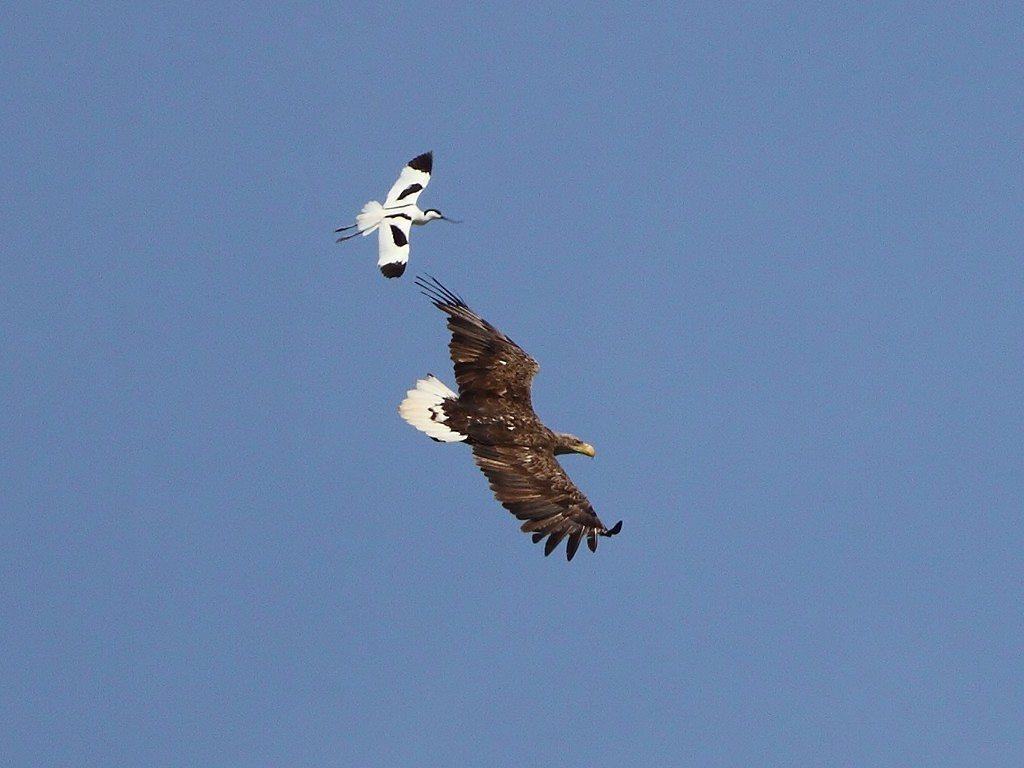
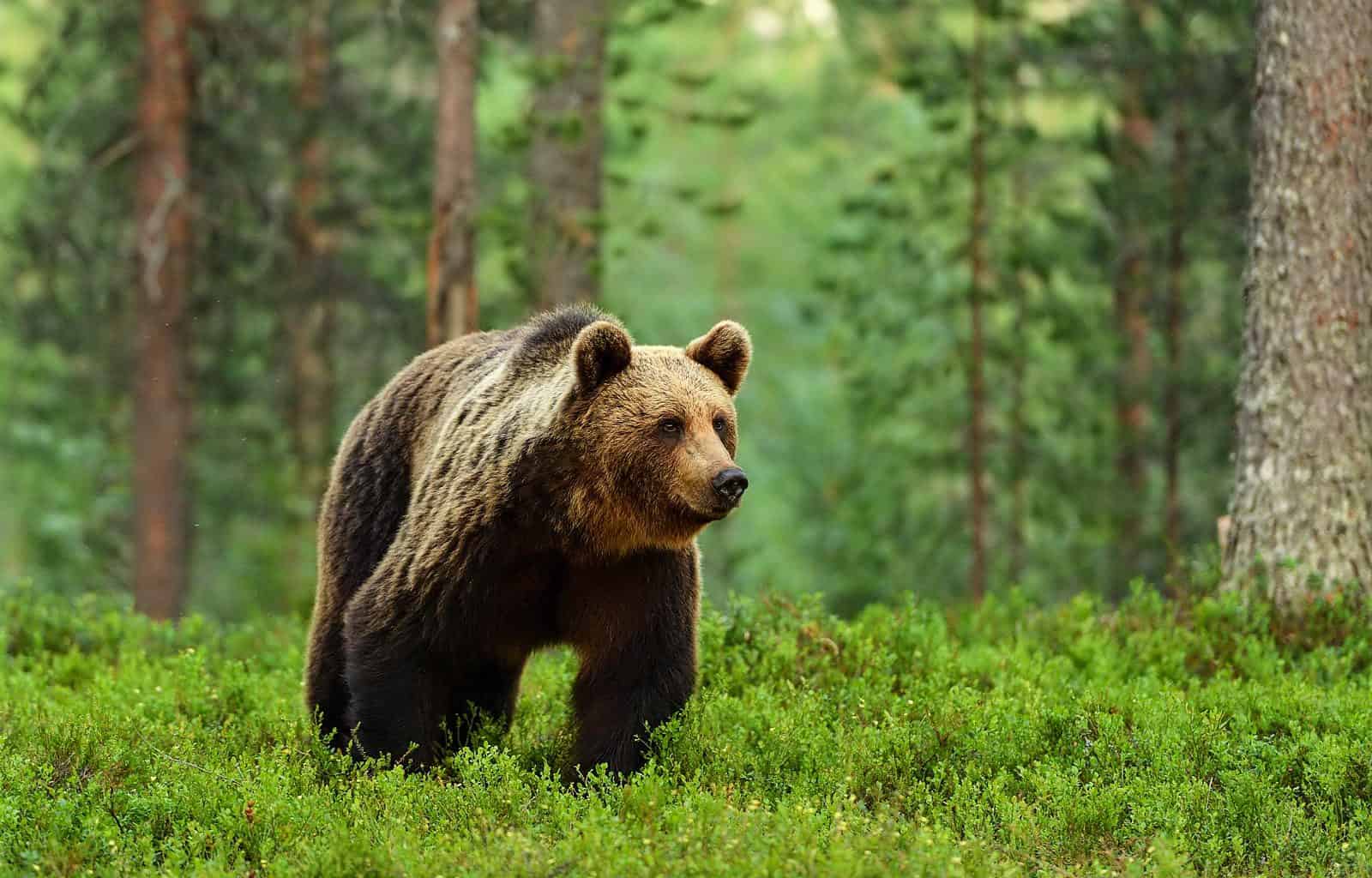
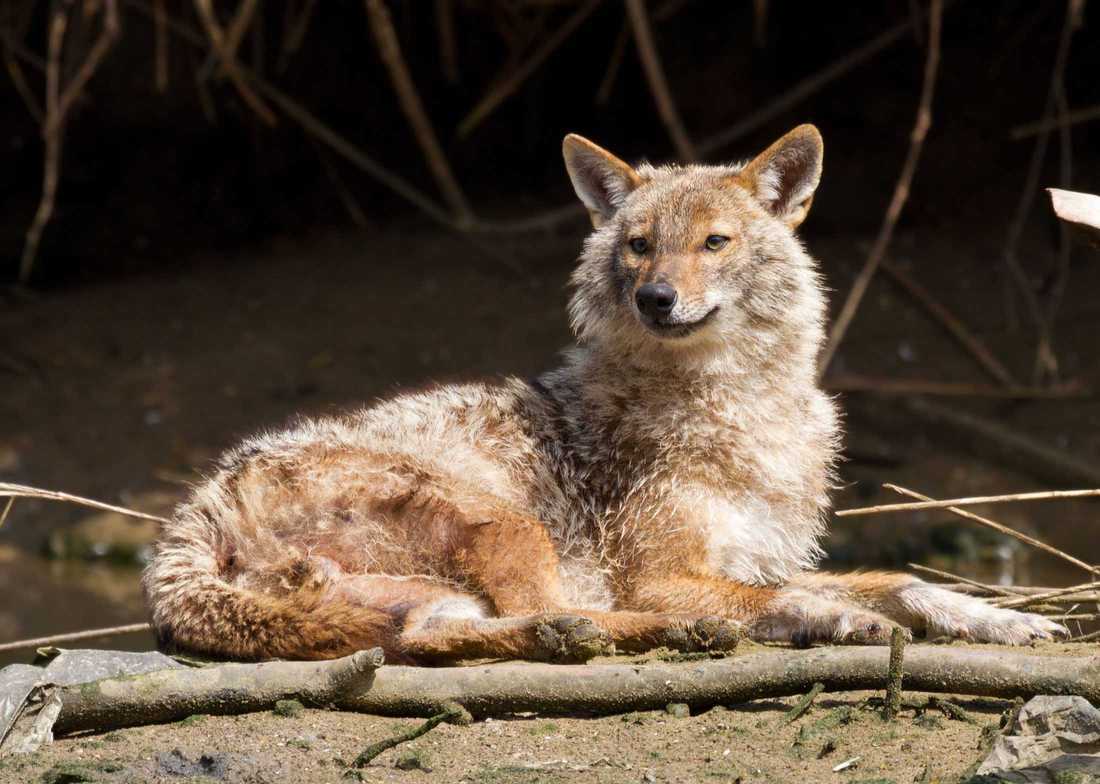
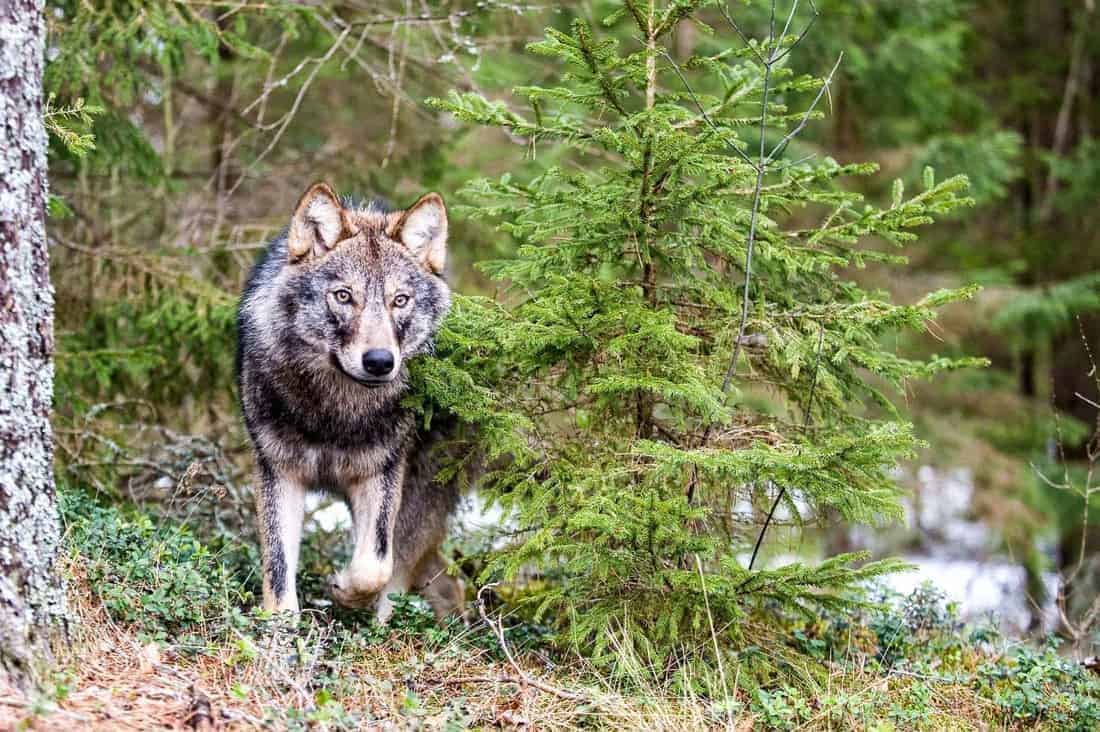
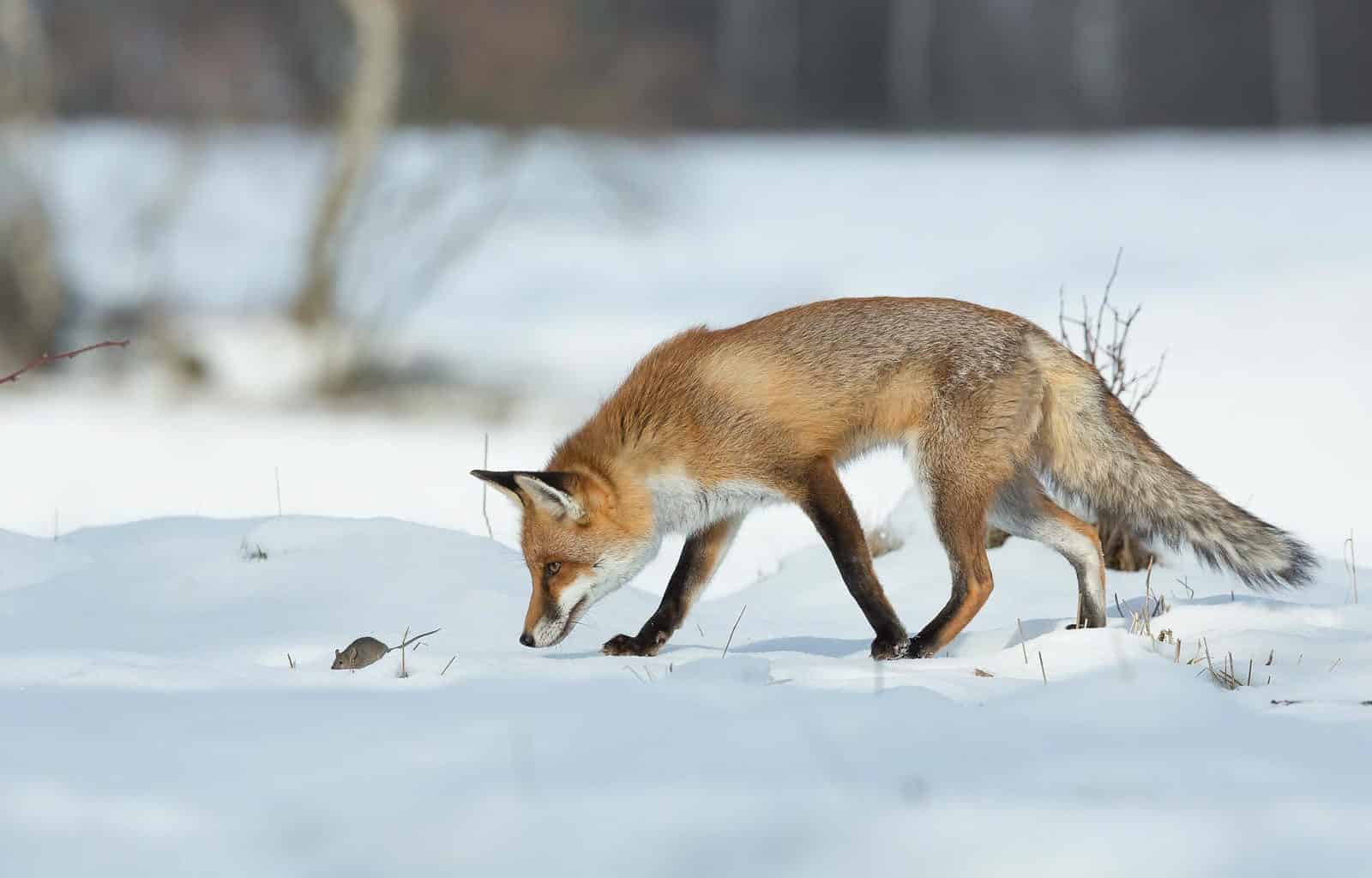

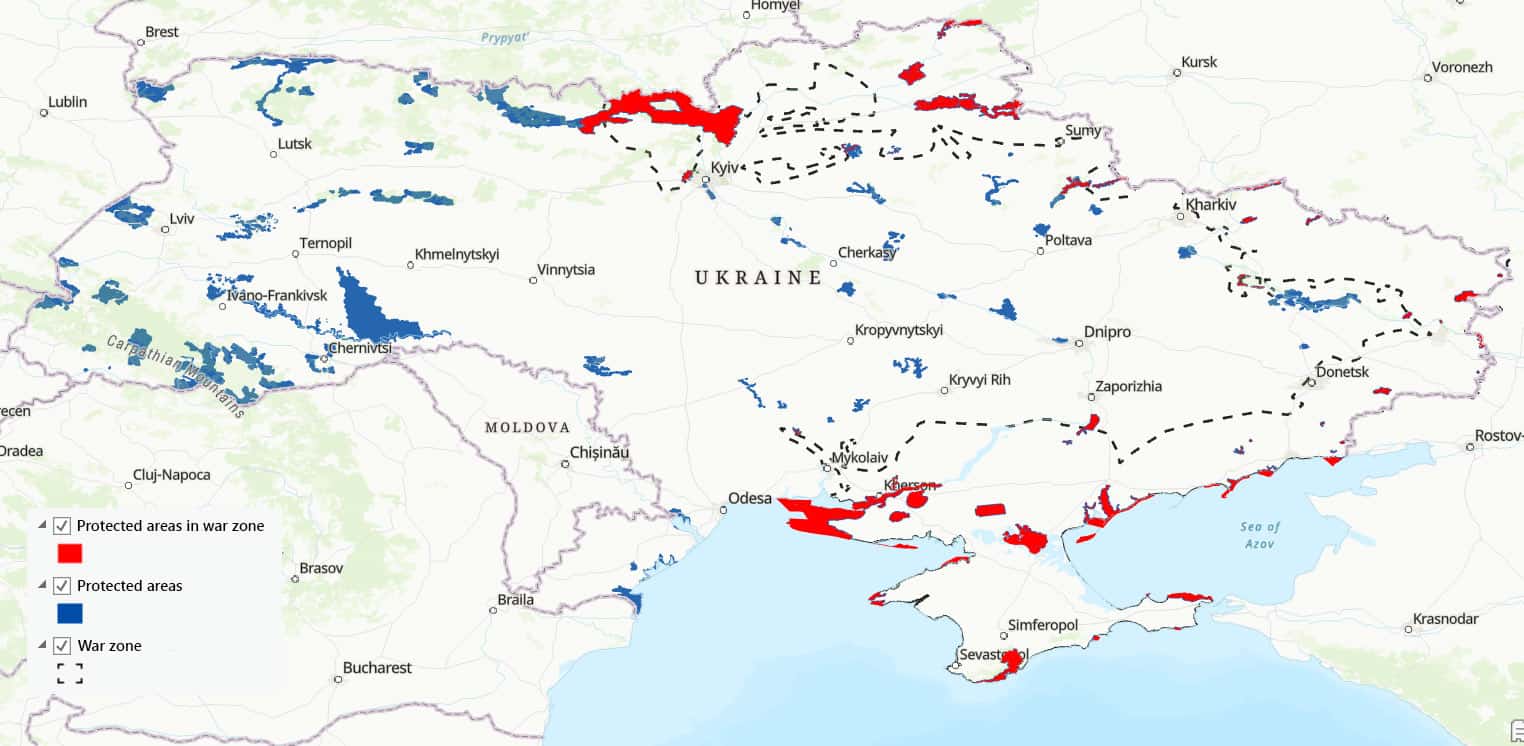


“Eerdere angsten voor desastreuze mutaties bij dieren zoals wolven zijn uitgebleven.” Dit lijkt me een flagrante zelf overschatting van de onderzoekers. Dieren melden zich niet, zoals mensen, bij een ziekenhuis of worden door een arts bezocht als er problemen zijn met pasgeborenen die zonder medische zorg geen overlevingskans hebben. In de wilde natuur zullen deze borelingen per direct aan het zich van mensen worden onttrokken hetzij door consumptie van de moeder, hetzij door consumptie door predatoren. Kortom ik geloof niet in deze stelling maar hij komt me, juist in verband met kernenergie, heel bekend voor.
hey i want to be a volunteer.im from turkey and i applied from esc. but i need chance please. my email : ahmet_komanto@hotmail.com